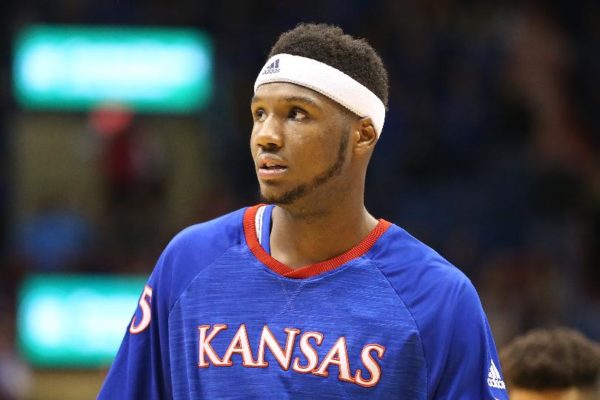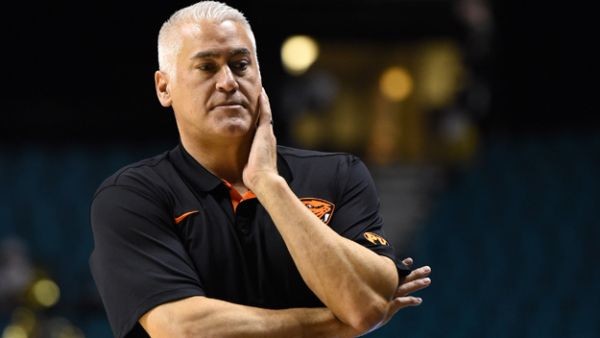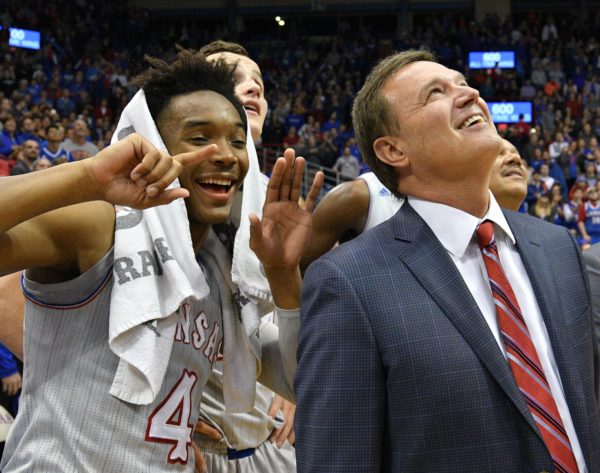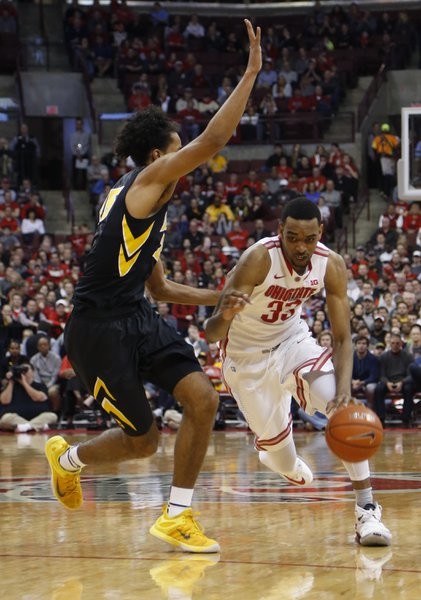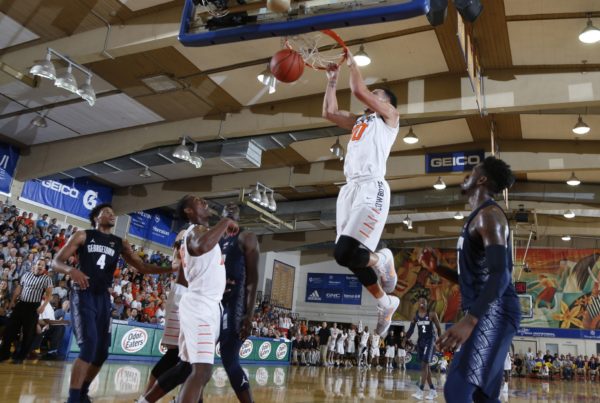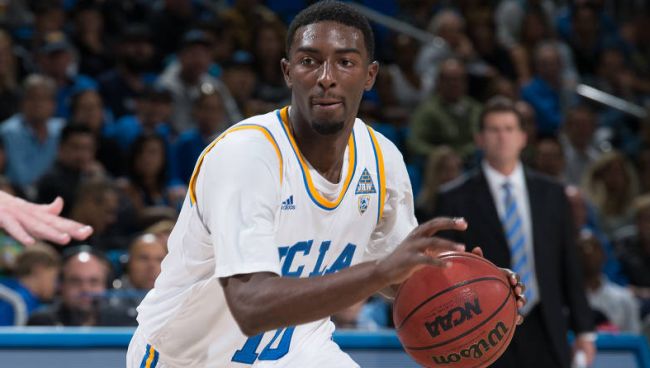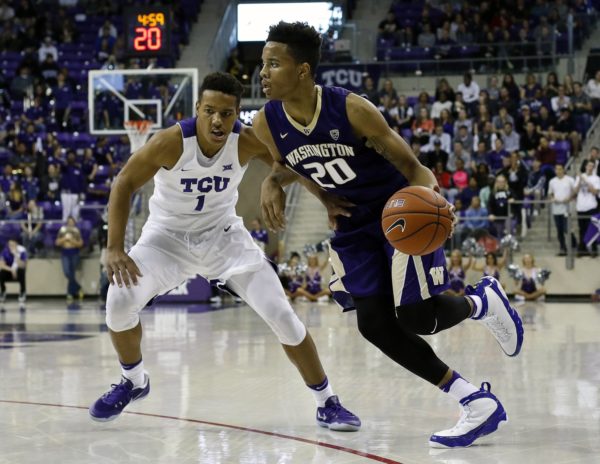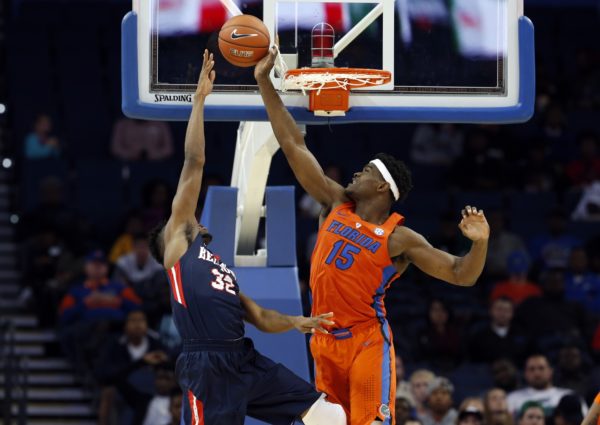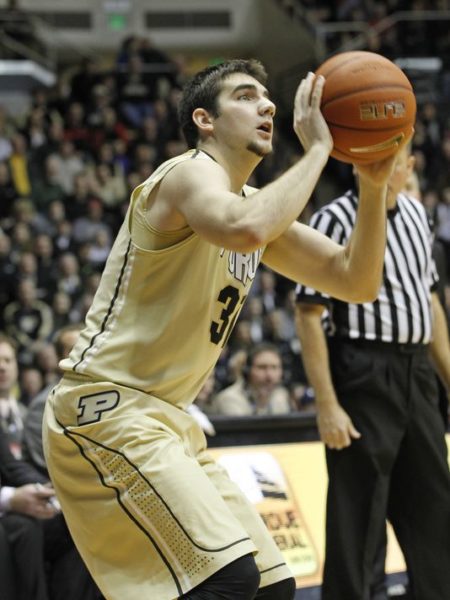Rhode Island & the Atlantic 10 Searching For Answers
Posted by Nate Kotisso on December 12th, 2016The phrase mid-major is thrown around a lot by those of us who watch this sport. At some point we got lazy and decided to classify every school outside of the ACC, Big East, Big 12, Big Ten, Pac-12 or SEC as mid-major programs. While leagues like Conference USA and the Mountain West would not have fit the mid-major description in the early-to-mid 2000s, their basketball reputations have taken a dive in recent years as schools have relocated. Meanwhile, the Atlantic 10 has produced 52 NCAA Tournament appearances since 2000, the most of any conference outside the Power Six. As the preseason pick to finish second in the league, Rhode Island, much like the league it plays in, finds itself in an uncomfortable mid-December position.
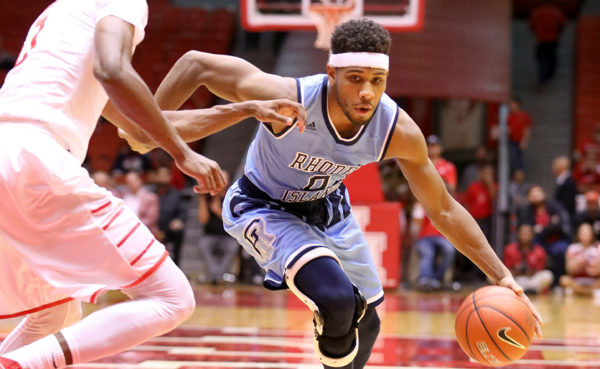
Rhode Island guard E.C. Matthews scored 31 points in Saturday’s loss to Houston, one point shy of tying a career high. (GoRhody.com)
Although projecting the fortunes of this program is one of the tougher queries in college basketball, we have written in this space that 2016-17 could finally be the Year of the Rams. Unfortunately, Rhode Island’s recent basketball history is riddled with disappointment. Despite accumulating six 20-win seasons since the 1998-99 season — including four in a row from 2008-11 — the Rams have not appeared in the NCAA Tournament over that span. A healthy combination of returnees E.C. Matthews and Hassan Martin, in addition to improving depth and a jam-packed non-conference schedule, led many pundits to believe in the preseason that Rhode Island’s breakthrough was imminent.





























